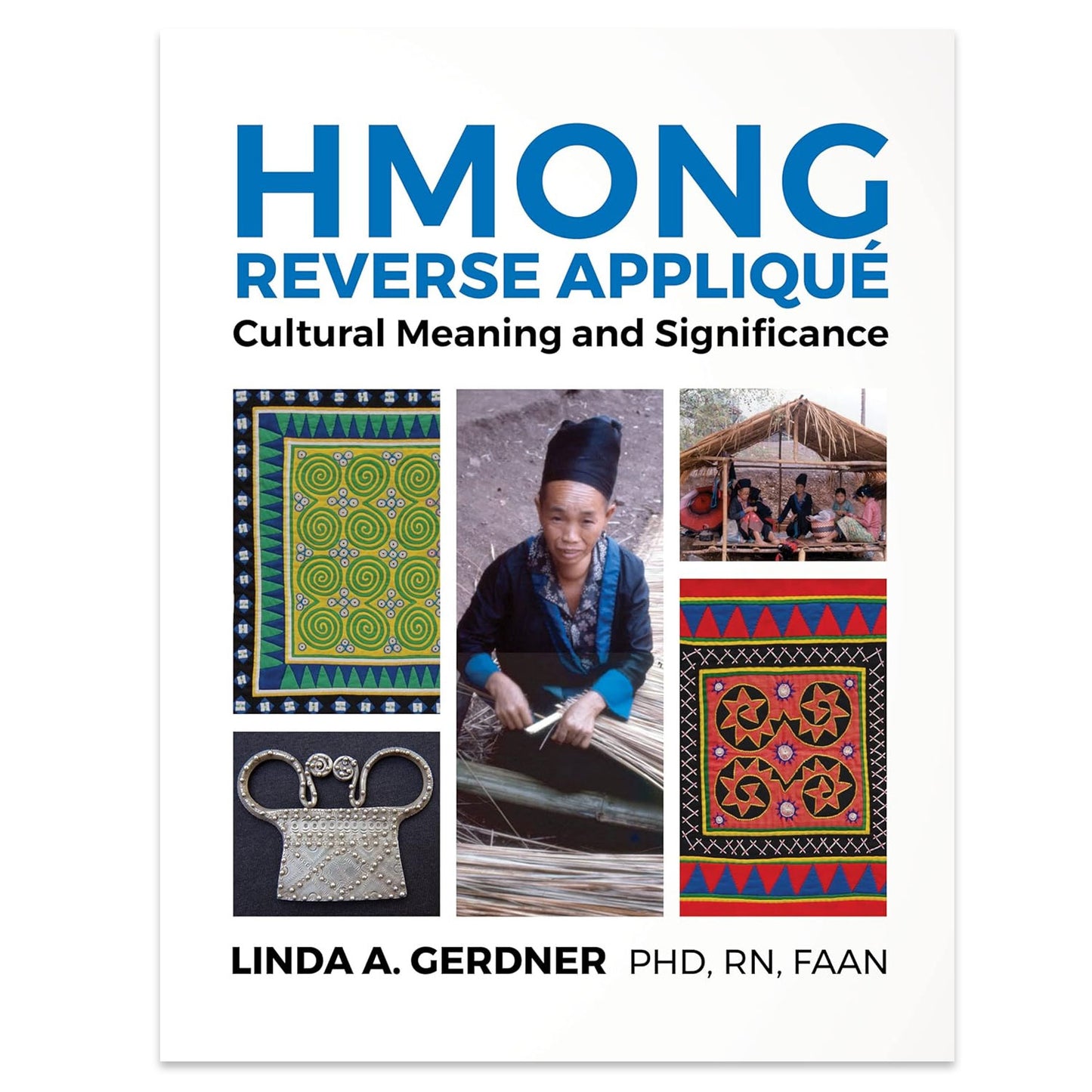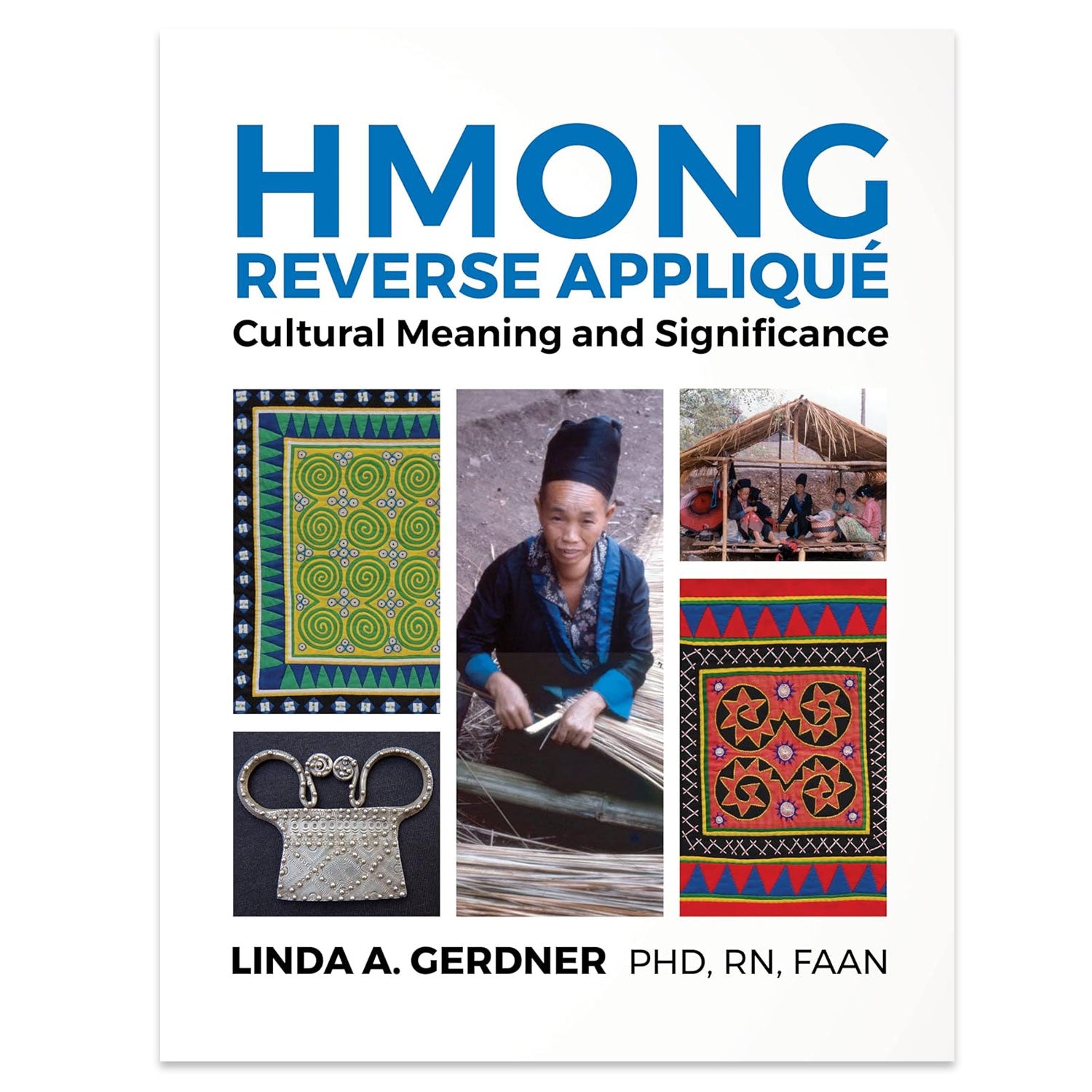Museum of Danish America
Hmong Reverse Appliqué: Cultural Meaning and Significance - Hardcover Book
Hmong Reverse Appliqué: Cultural Meaning and Significance - Hardcover Book
Couldn't load pickup availability
This book provides a groundbreaking exploration of the historical significance of Hmong reverse appliqué and circumstances that led to the development of this unique textile art form. Made by members of two Laotian Hmong sub-groups, the White Hmong and Striped Hmong (named after their distinct styles of clothing), reverse appliqué is a complex form of needlework traditionally used to decorate clothing. It also serves as a form of group and social identification.
Many of the beautifully photographed examples in this book were made during a time of upheaval for the Hmong, when they were displaced to refugee camps in Thailand due to the Vietnam War, that covertly extended into Laos in 1961. Those Hmong who fought on behalf of the U.S., were forced to flee their homeland after the 1975 communist takeover of Laos. During their time of exile and confinement in refugee camps, Hmong women expanded their needlework skills in reverse appliqué to form a new textile art that involved the creation of abstract, geometric designs based on culturally significant symbols and motifs. Money generated from selling these items was used to purchase needed supplies for survival under substandard living conditions while waiting relocation.
As Hmong refugees began to resettle abroad, most notably in the United States, needlework skills declined, and reverse appliqué became a dying art. This book serves to document the history, practice, iconography, and significance of folk art deeply embedded in the Hmong experience. It will preserve the memory and knowledge of an art form integral to an immigrant group that is now woven into America’s cultural fabric.
Details
Paperback
176 pages
Dimensions: 8.38 x 0.42 x 10.88 inches
Share


